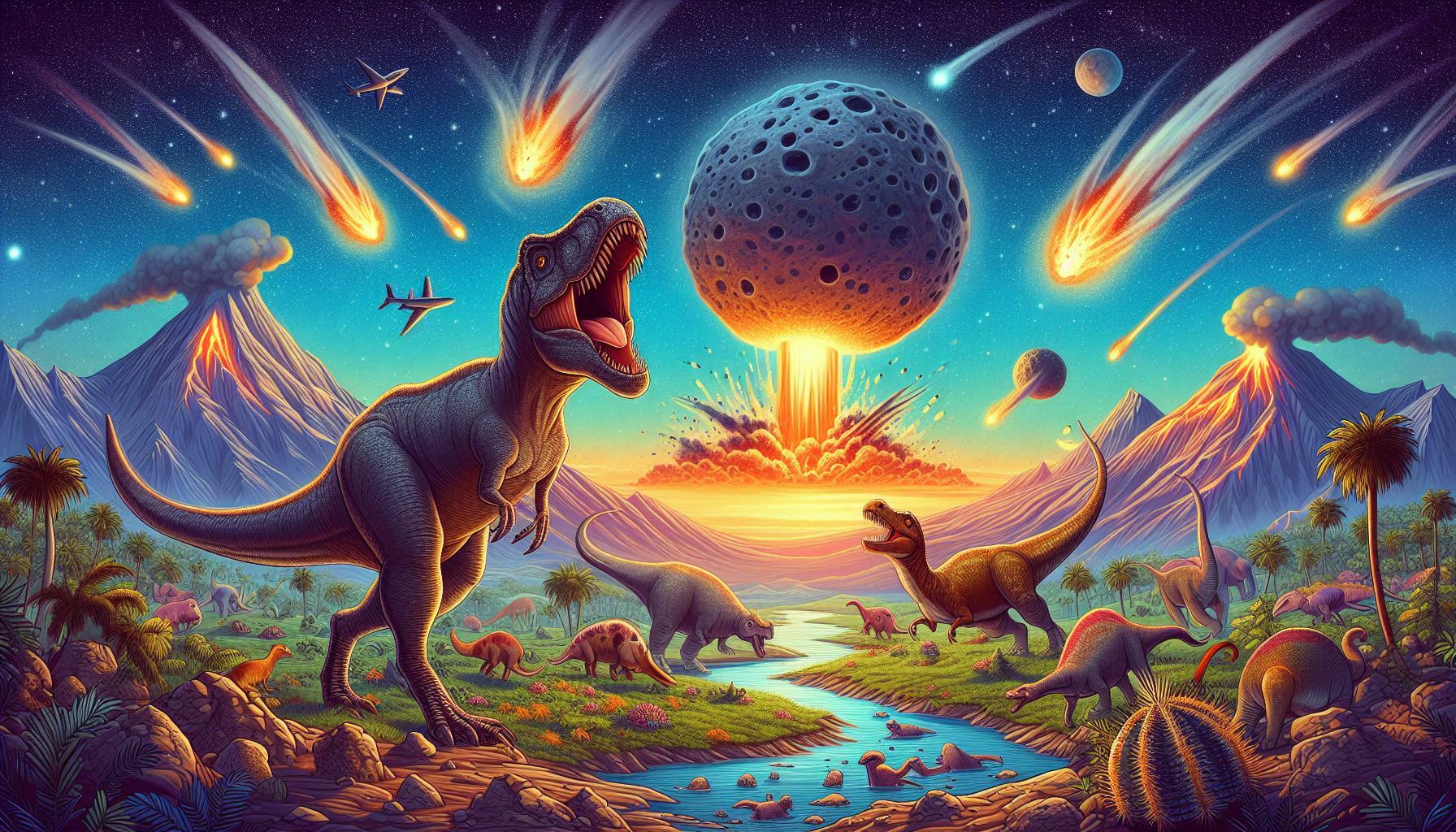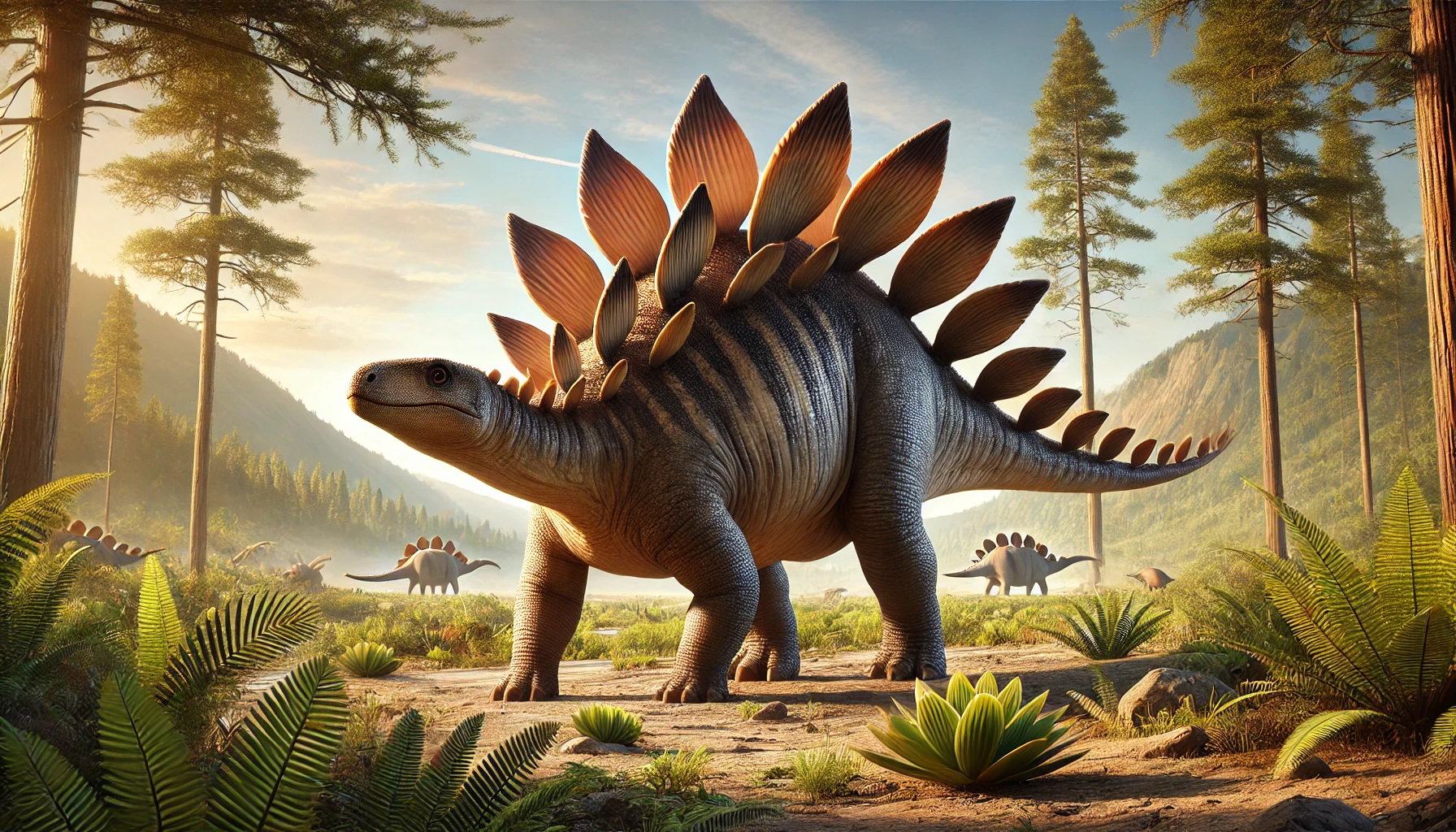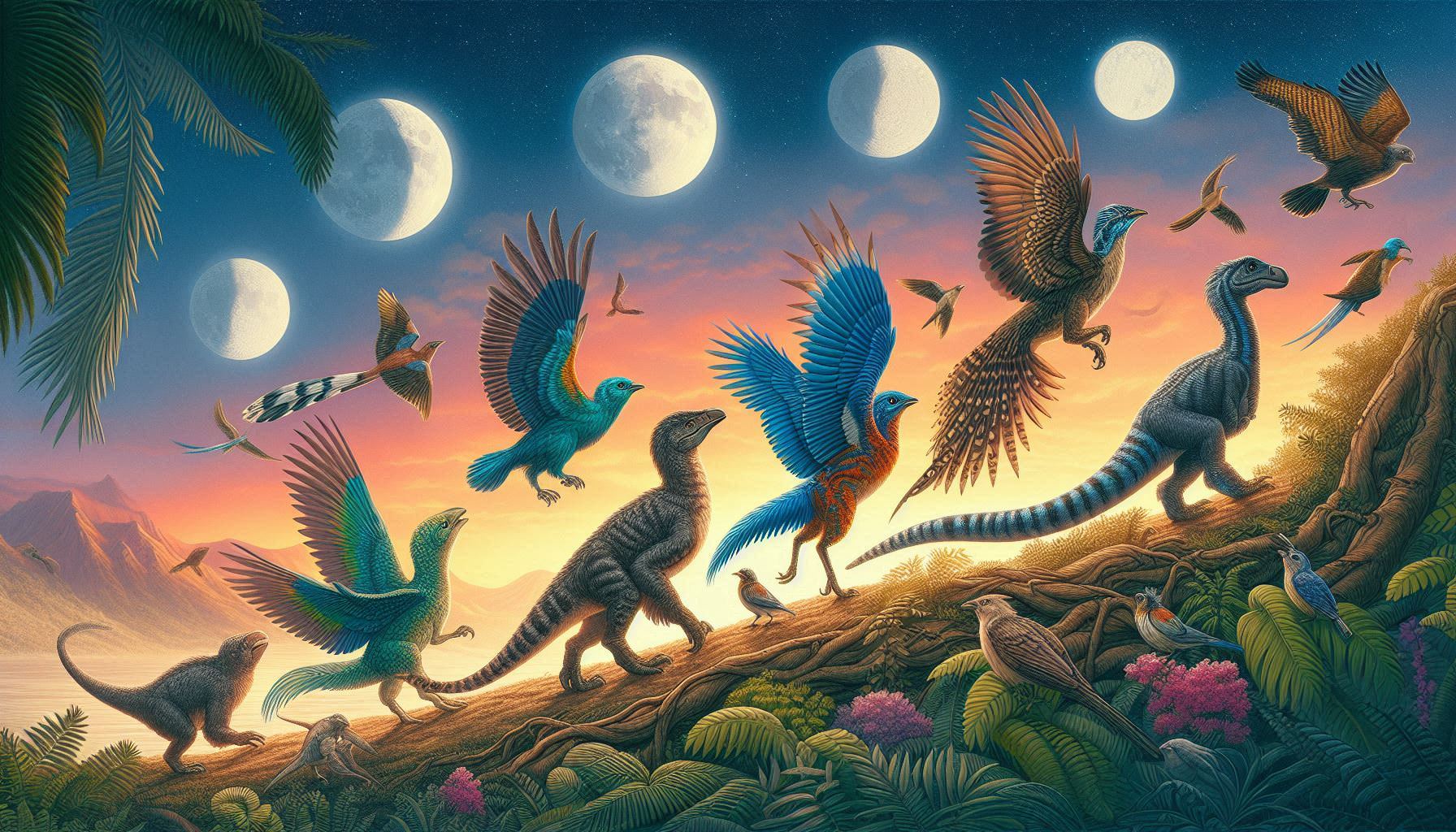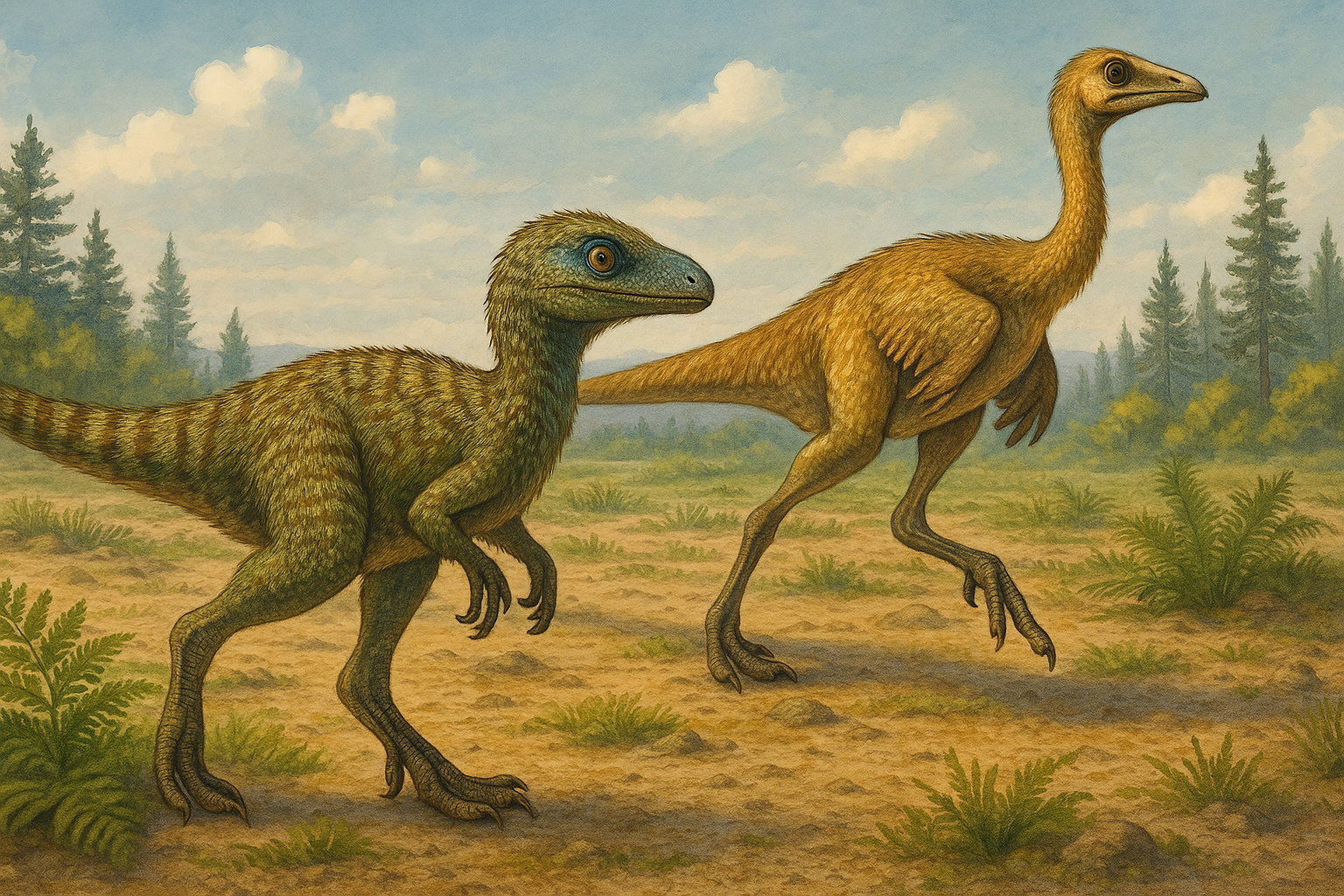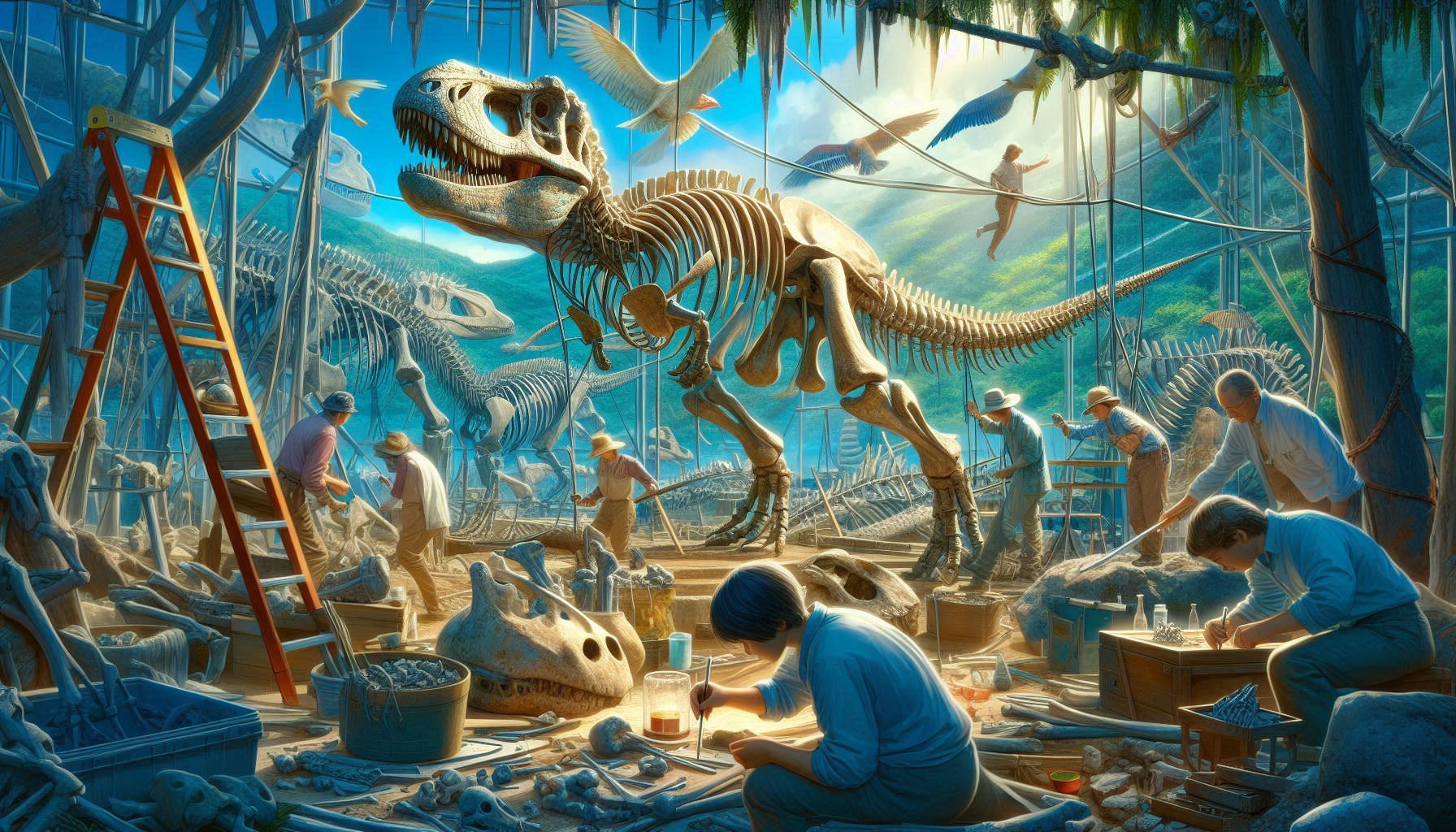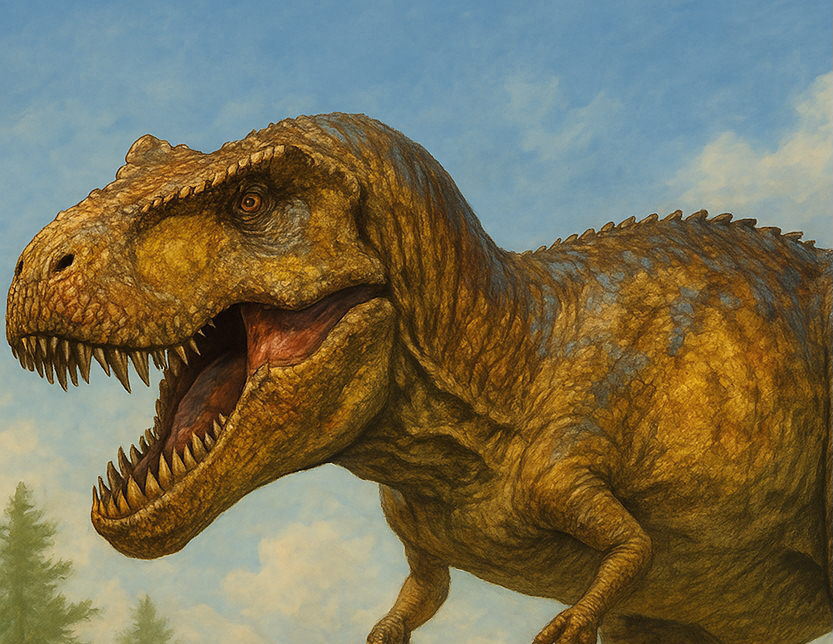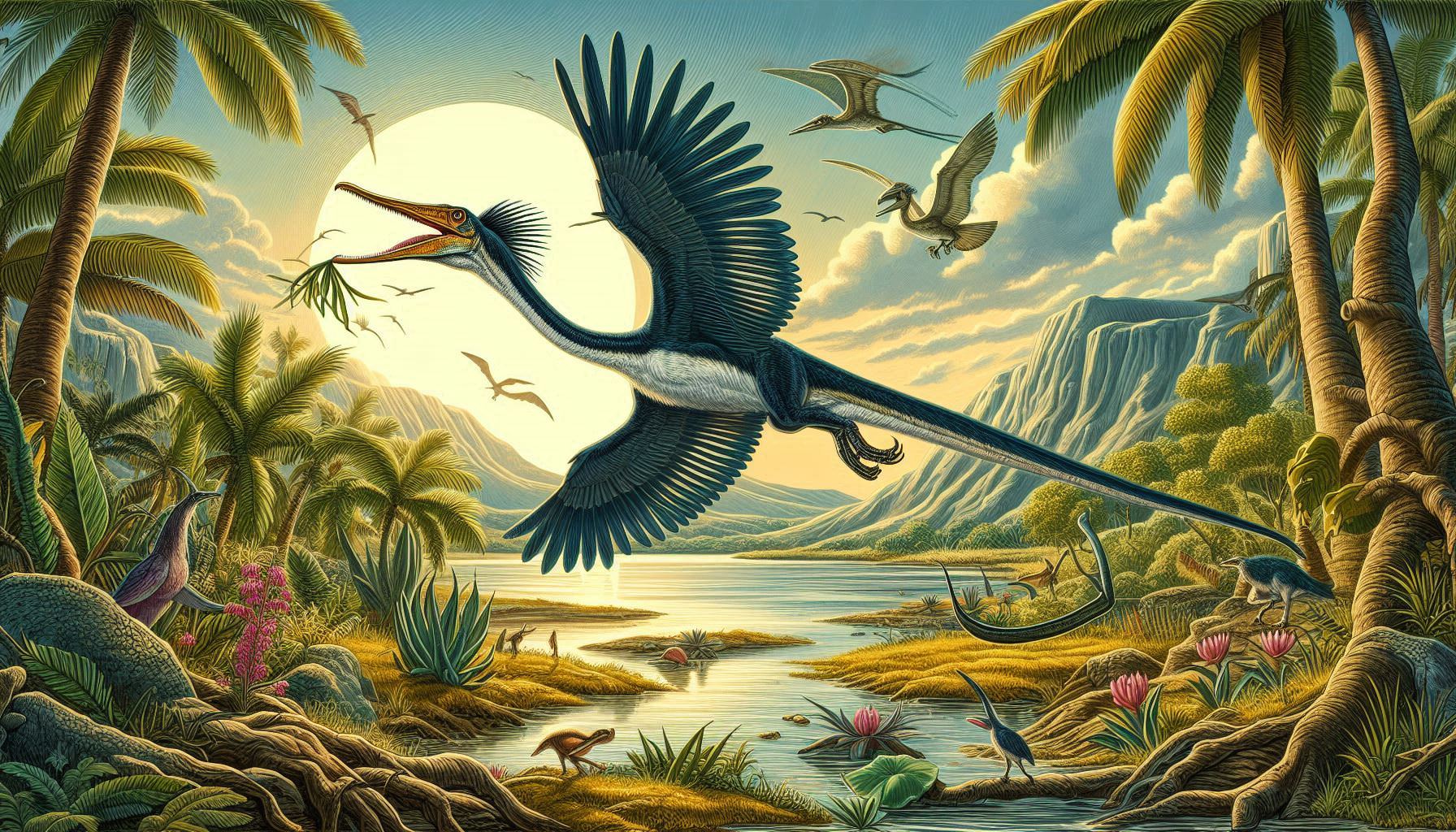- Dinosaur Extinction: What Really Happened 66 Million Years Ago?
- What Was the Cretaceous–Paleogene Extinction?
- What Caused the Extinction of the Dinosaurs?
- The Asteroid Impact Theory
- Deccan Traps: Volcanic Activity
- What Died — and What Survived?
- How Do Scientists Study the K–Pg Extinction?
- Why Is This Event So Important Today?
- FAQ
- What caused the extinction of the dinosaurs?
- What evidence supports the asteroid theory?
- What species survived the mass extinction?
- How long did it take for life to recover?
- Could it happen again?
Dinosaur Extinction: What Really Happened 66 Million Years Ago?
Dinosaur extinction is one of the most dramatic events in Earth’s history. Around 66 million years ago, nearly three-quarters of all species vanished, marking the end of the dinosaurs and the Mesozoic Era. This mass extinction, known as the Cretaceous–Paleogene event, was triggered by a perfect storm of catastrophic events — and it reshaped life on Earth forever.
But what exactly caused this mass extinction? And how do scientists reconstruct an event that happened so long ago? Let’s dive into the latest research on one of Earth’s most dramatic turning points.
What Was the Cretaceous–Paleogene Extinction?
The K–Pg extinction occurred at the boundary between the Cretaceous and Paleogene periods. It is one of the “Big Five” mass extinctions in Earth’s history. Most famously, it brought an end to the dinosaurs — but it also wiped out marine reptiles, pterosaurs, ammonites, and countless plant species.
Microscopic evidence of this catastrophe can be found in a thin layer of clay around the world. This layer is rich in iridium — a rare metal more common in asteroids than on Earth’s crust — and provides a crucial clue.
What Caused the Extinction of the Dinosaurs?
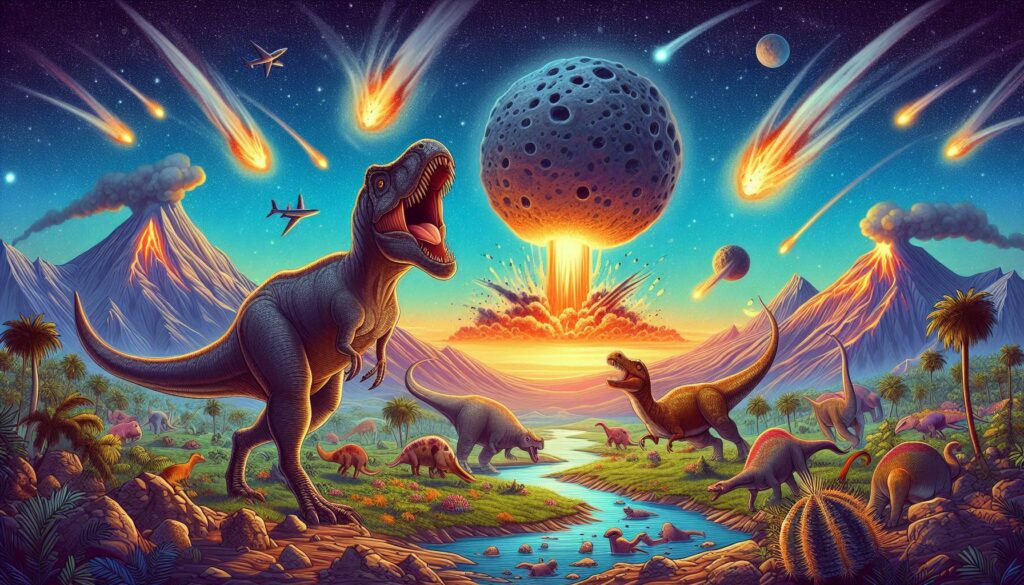
The Asteroid Impact Theory
The leading explanation is the asteroid impact hypothesis. Around 66 million years ago, a 10-kilometer-wide asteroid slammed into what is now the Yucatán Peninsula in Mexico, creating the 180-kilometer-wide Chicxulub crater.
The impact unleashed:
- Global firestorms from ejected debris
- Shockwaves and massive tsunamis
- A “nuclear winter” effect — dust and sulfur blocked sunlight, cooling the planet
This dramatic shift in climate likely caused a collapse in ecosystems, starting with plant life and rippling up the food chain.
Deccan Traps: Volcanic Activity
Another factor may have been the Deccan Traps — massive volcanic eruptions in present-day India that released enormous amounts of carbon dioxide and sulfur dioxide. These eruptions could have altered global climate over thousands of years, creating stress on ecosystems already vulnerable to sudden impact events.
What Died — and What Survived?
The extinction didn’t just target dinosaurs. Among the losses:
- All non-avian dinosaurs
- Large marine reptiles (like mosasaurs and plesiosaurs)
- Flying reptiles (pterosaurs)
- Many marine invertebrates, including ammonites
But many life forms did survive, including:
- Birds (the only surviving dinosaurs)
- Mammals, which later diversified rapidly
- Crocodilians, turtles, and amphibians
- Flowering plants and insects
How Do Scientists Study the K–Pg Extinction?
Researchers rely on multiple lines of evidence:
- Fossil records: Gaps in biodiversity before and after the boundary
- Geological layers: Iridium spikes and shocked quartz
- Isotope analysis: Traces of climate change in ancient rocks
- Crater mapping: Seismic imaging of the Chicxulub crater
These tools help scientists build a timeline and test theories about what happened and why.
Why Is This Event So Important Today?
The Cretaceous–Paleogene extinction shows how fragile Earth’s ecosystems can be in the face of rapid environmental change. It reminds us that mass extinctions are real — and that they can reshape life on Earth dramatically.
It also helps us understand how life recovers. The dinosaurs disappeared, but their avian descendants flourished. Mammals — including our early ancestors — seized the opportunity to evolve and diversify.
FAQ
What caused the extinction of the dinosaurs?
The leading theory is a massive asteroid impact near modern-day Mexico, combined with possible volcanic activity in India and changing climate conditions.
What evidence supports the asteroid theory?
A global iridium-rich layer, the Chicxulub crater, and shocked quartz found worldwide support the asteroid hypothesis.
What species survived the mass extinction?
Birds, small mammals, crocodilians, turtles, and some plants and insects survived and later flourished in the post-extinction world.
How long did it take for life to recover?
Recovery began within thousands of years, but full ecosystem restoration likely took millions of years. Mammals rapidly diversified after the extinction.
Could it happen again?
Large asteroid impacts are rare but possible. That’s why astronomers monitor near-Earth objects today. Understanding past extinctions helps prepare for future risks.
# cretaceous–paleogene extinction, dinosaur extinction, asteroid impact dinosaurs, chicxulub crater, deccan traps volcanoes, mass extinction events, k–pg boundary, extinction of dinosaurs, prehistoric climate change

